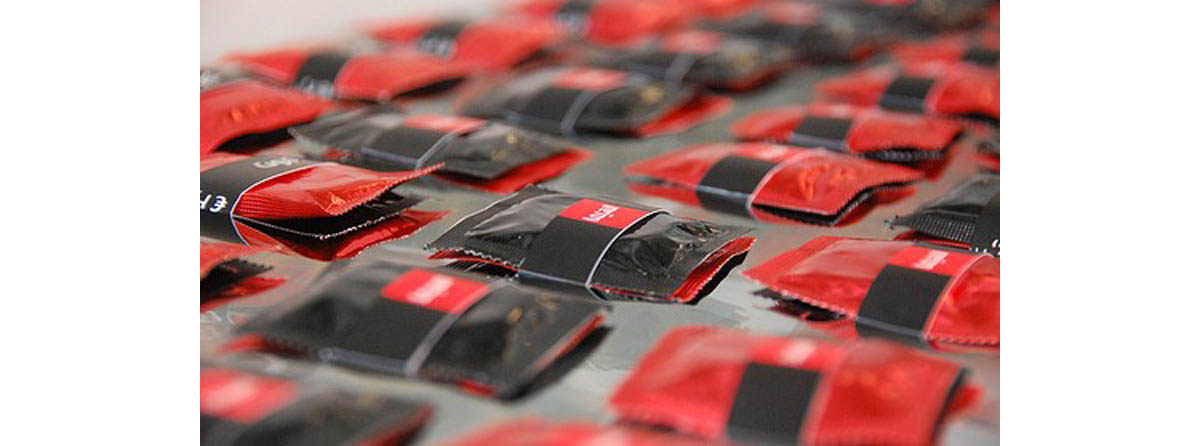Table of Contents
In the early 2000's, the World Health Organization sponsored clinical trials of male circumcision as a means of reducing HIV transmission in Kenya, South Africa, and Uganda. All three trials showed positive results, and as a result, mass circumcision campaigns were initiated by other African nations that have extremely high rates of HIV infection, such as Zambia. The Zambian Ministry of Health developed its mass circumcision plan with a goal of having 80% of sexually active men in the nation circumcised by 2015.

After Circumcision as Adults, Some Men Become Sexually Adventurous
What the planners did not count on was the fact that getting a circumcision would lead some men to become sexually more adventurous.
In Kenya, researchers learned that HIV-positive men who did not have obvious symptoms of AIDS became slightly more likely to spread the virus in the month after the procedure.
HIV-positive men tended to have sexual intercourse just as soon as was physically possible after their circumcisions, in just three or four weeks, rather than waiting six to eight weeks for the cut to heal. Men who had never had sex before getting circumcised, as is the case in most Muslim populations, were considerably less likely to have sex before their wounds healed.
Prostitutes Especially at Risk
The women most at risk for HIV infection by recently circumcised men are prostitutes. As one Kenyan woman sex worker told a researcher from the Population Council, paraphrasing:
“This man comes in and tells me he only wants to have sex for a short time, and he is willing to pay 500,000 kenyatta (about US $600 /€475 /£400). I look at his erect penis and it's almost rotten. When it gets hard, out comes blood and pus, but I need the money, so I do the sex without a condom.”
Researchers found that most prostitutes even assumed that men who asked for sex without a condom are already infected, on the supposition that no man who was HIV-free would risk having sex with a prostitute without wearing a condom. Nearly all the women survived by one Population Council worker said they did not use condoms with their non-paying sex partners, and most erroneously believed that “going home to take some antibiotics” could prevent HIV infection.
Especially dangerous are recently circumcised men who practice “rough trade” with their sex partners, such as wearing metal studs on the penis during intercourse, although there are no data on just how many men engage in sadistic practices in sex.
Circumcision Makes Sex Safer, Not "Safe"
Circumcision undoubtedly makes sex safer, but not completely safe, in committed relationships. In casual relationships, however, male circumcision reduces the risk of getting or giving someone HIV, but does not replace the need for condoms.
- Arora P, Nagelkerke NJ, Jha P. A systematic review and meta-analysis of risk factors for sexual transmission of HIV in India. PLoS One. 2012. 7(8):e44094. doi: 10.1371/journal.pone.0044094. Epub 2012 Aug 28.
- Liu CM, Hungate BA, Tobian AA, Serwadda D, Ravel J, Lester R, Kigozi G, Aziz M, Galiwango RM, Nalugoda F, Contente-Cuomo TL, Wawer MJ, Keim P, Gray RH, Price LB. Male circumcision significantly reduces prevalence and load of genital anaerobic bacteria. MBio. 2013 Apr 16. 4(2). pii: e00076-13. doi: 10.1128/mBio.00076-13.
- Photo courtesy of Martin Lopatka by Flickr : www.flickr.com/photos/apothecary/4996039811/
- Photo courtesy of Paul Keller by Flickr : www.flickr.com/photos/paulk/1241749044/

